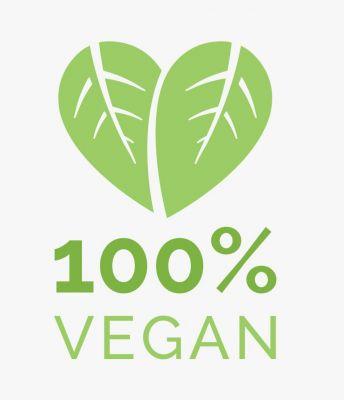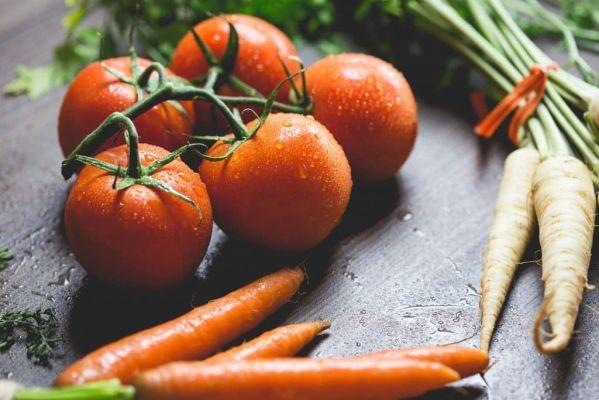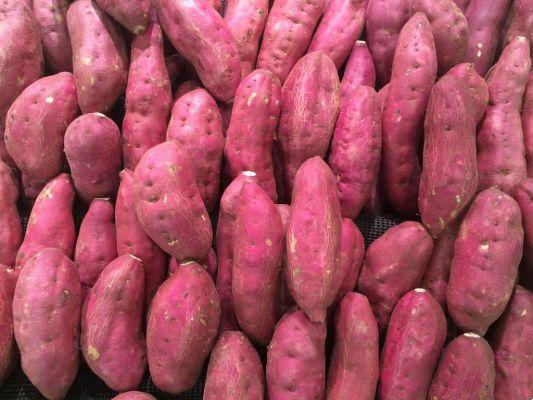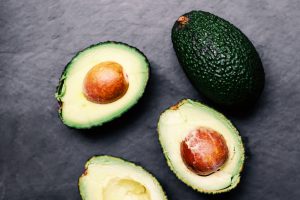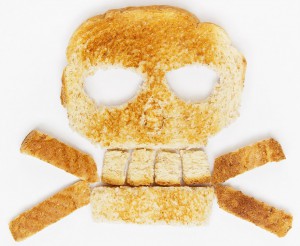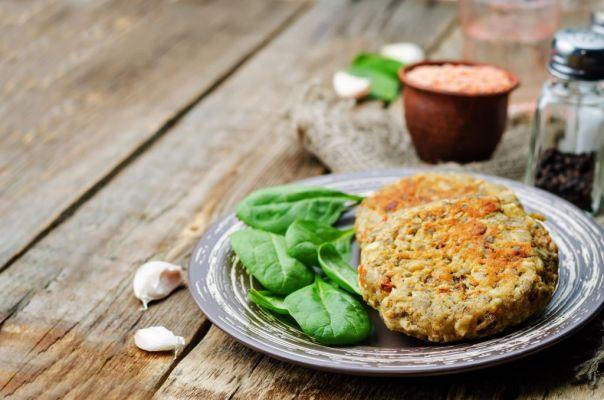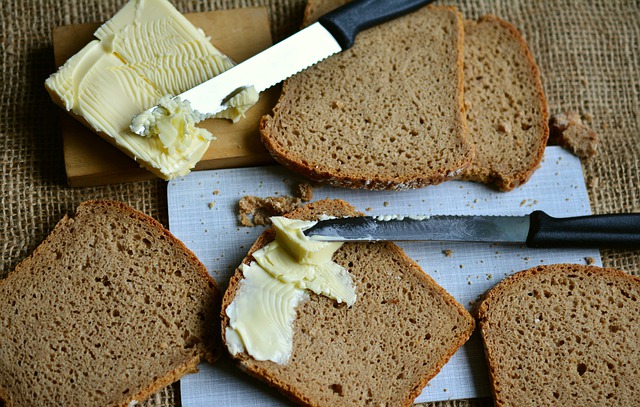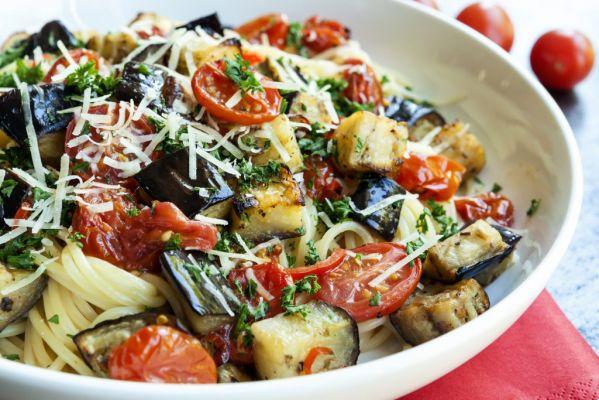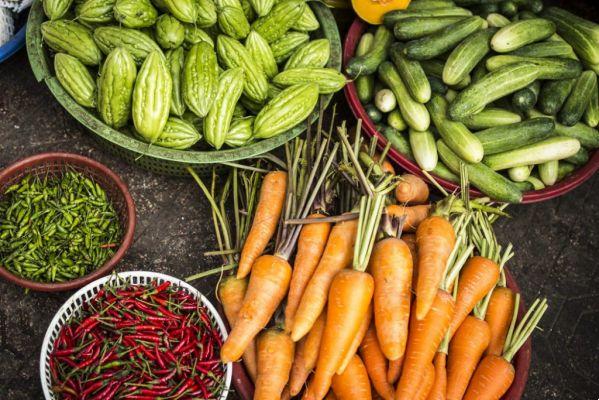Surely you're already "bald" knowing that a healthier diet needs more cereal, isn't it? Among the foods in this category, oatmeal is the richest in fiber and the cheapest! In addition to having several benefits such as satiety and lowering bad cholesterol, it helps the gut to function better. Because it is available in any market and can be included in several recipes, or even consumed in a simple porridge, oats are popular among Spanish people, even without knowing about its properties.
For those looking to lose a few pounds, oatmeal is a strong ally, as it has a slow digestion, making the feeling of satiety last longer. In theory, it is better to eat oatmeal, which is a complex carbohydrate, than French bread, which is a simple carbohydrate. The biggest difference is in the wheat flour present in the bread, while oatmeal has a high fiber content.
Oat fibers are called soluble fibers, which have characteristics capable of helping to reduce bad cholesterol, which prevents cardiovascular diseases. This is because oats hinder the absorption of some types of fat by the intestine, preventing them from turning into cholesterol. When this consumption is linked to a good diet and regular exercise, the results are considerably more positive.
Another important issue is water consumption!
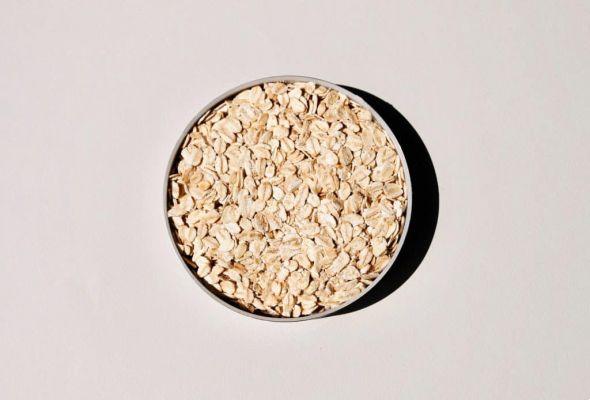
Soluble fiber needs a lot of water to do its job inside the intestine, helping to store the good nutrients and eliminate the bad ones.
And it's not just adults who can benefit from oatmeal. Children can eat cereal from the age of two. To find the ideal amount per day, add the child's age to the number 5. That is, if she is two years old, she should ingest up to 7 grams of oatmeal every day. For adults, the recommended average is 75 grams of oats per day.
Main nutrients in oats
Oats – 30 g (one serving)
- Calories -> 118,2 kcal
- Carbohydrates -> 20,1 g
- Proteins -> 4,2 g
- Lipids -> 2,4 g
- Fibras -> 2,73 g
- Calcium -> 14,4 mg
- Potassium -> 100,8 mg
- Iron -> 1,32 mg
- Phosphorus -> 45,9 mg
- Magnesium -> 35,7 mg
- Sodium -> 1,5 mg
- Zinc -> 0,78 mg
When buying your oatmeal, don't be scared by the varieties that are on the market. In practice, they all have many benefits. The main difference is in the bran which is the most nutritious, followed by the flakes and then flour.
An easy consumption tip that doesn't affect the taste of food is to include two tablespoons of oatmeal in milk and make a porridge, or else in yogurt. Another option is to eat it with fruits like papaya and bananas.
- Banana Oatmeal Cake: Perfect Diet Combination
- To warm up your winter: Oatmeal soup
- Include oatmeal in your diet with this bread recipe
- Know the benefits of flaxseed and how to use it in everyday life
- How can oatmeal help in the treatment of nicotine addiction?
In more elaborate recipes, oatmeal also has a place. Try replacing wheat flour with oat flour, making your food more nutritious and healthier.
Another important tip is to pay attention to the packaging! Despite not containing gluten, oats are processed together with wheat, which is one of the most harmful foods for celiacs. In other words, pay close attention to the information about the presence of gluten in the composition.



